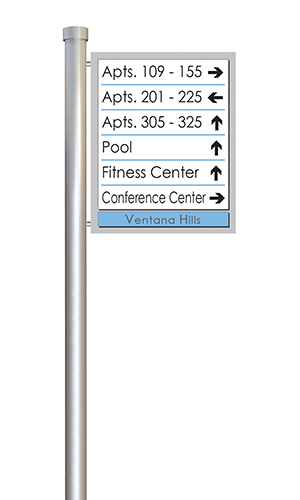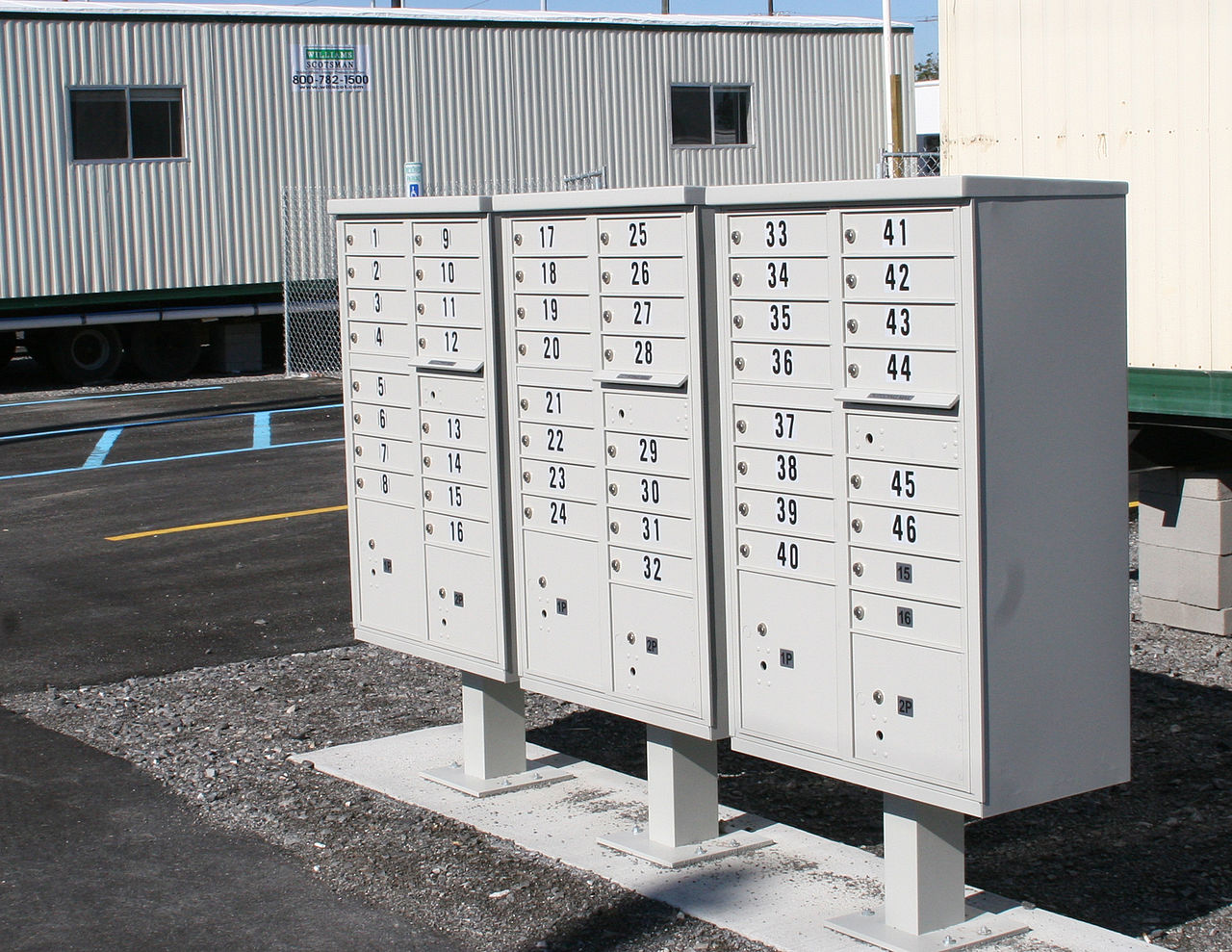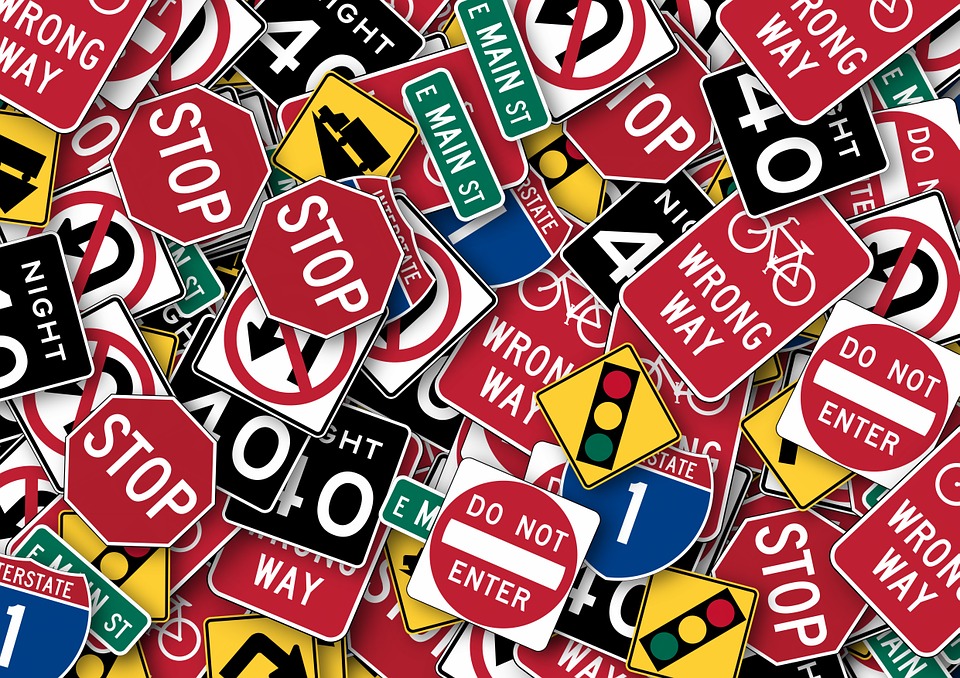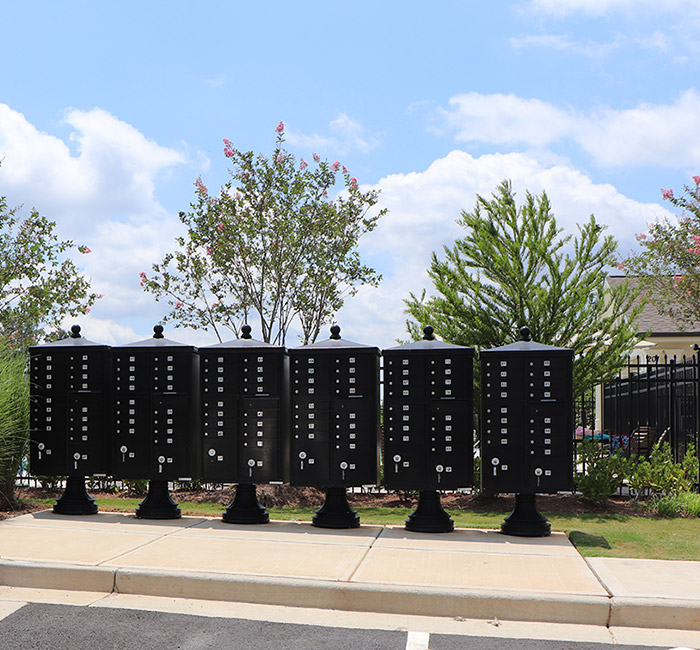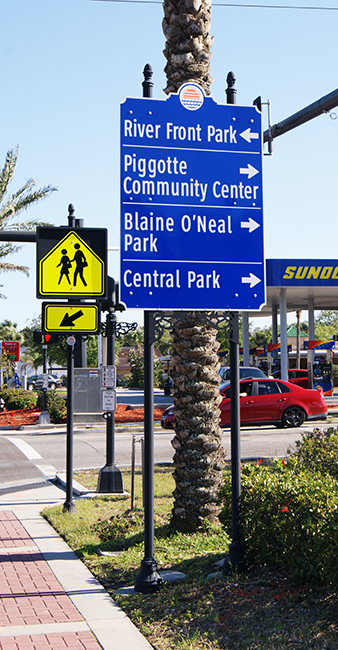Blog
5 Tips on Choosing Wayfinding Signage for an Apartment Complex
Wednesday September 25, 2019Have you been tasked with purchasing and installing wayfinding signage for an apartment complex? There's no denying the fact that apartments have become a popular alternative to traditional houses. According to the National Apartment Association (NAA), roughly one in eight Americans -- about 39 million people -- now live in an apartment. Whether you're developing a new apartment complex or renovating an existing apartment complex, though, you need to choose the right wayfinding signage.
How Do Cluster Box Units (CBUs) Work?
Monday September 16, 2019Cluster Box Units (CBUs) have become an increasingly popular alternative to conventional curbside mailboxes. A form of centralized mail delivery, they consist of "clusters" of multiple mailbox compartments, each of which is intended for a specific household or residence in the surrounding area. Unless you're familiar with CBUs, though, you might be wondering how they work. In this post, we're going to reveal the basics of CBUs, revealing why they've become so popular in recent years.
6 Fun Facts About Traffic Signs
Monday September 09, 2019Traffic signs play a critical role in our nation's transportation infrastructure. Consisting of physical signs placed above or near a road, they provide information to motorists, cyclists and pedestrians. While you're probably familiar with the general purpose of road signs, though, you might be surprised to learn the six following facts about them.
The Complete Guide to Centralized Mail Delivery Systems
Monday September 02, 2019Don't limit yourself to choosing traditional curbside mailboxes for your neighborhood or residential community. While the United States Postal Service (USPS) allows curbside mailboxes to be used for single-unit residences, an alternative solution is to use a centralized mail delivery system. Since their origins back in the mid- to late 1960s, centralized mail delivery systems have become increasingly common -- and for good reason. Unless you're familiar with them, though, you might be wondering whether a centralized mail delivery system is a smart choice for your neighborhood or residential community.
What Is Pedestrian Wayfinding Signage?
Monday August 26, 2019Not all wayfinding signs are designed for motorists. Some are designed for pedestrians. Known as pedestrian wayfinding signage, it offers guidance for pedestrians, cyclists and other people who use a sidewalk or roadside area. Like conventional wayfinding signage, it contains information and/or directions that serve as guidance. The difference, however, is that pedestrian wayfinding signage is designed for pedestrians, whereas conventional wayfinding signage is designed for motorists. Because of this nuance, there are several things property developers must consider when installing and using pedestrian wayfinding signage.


